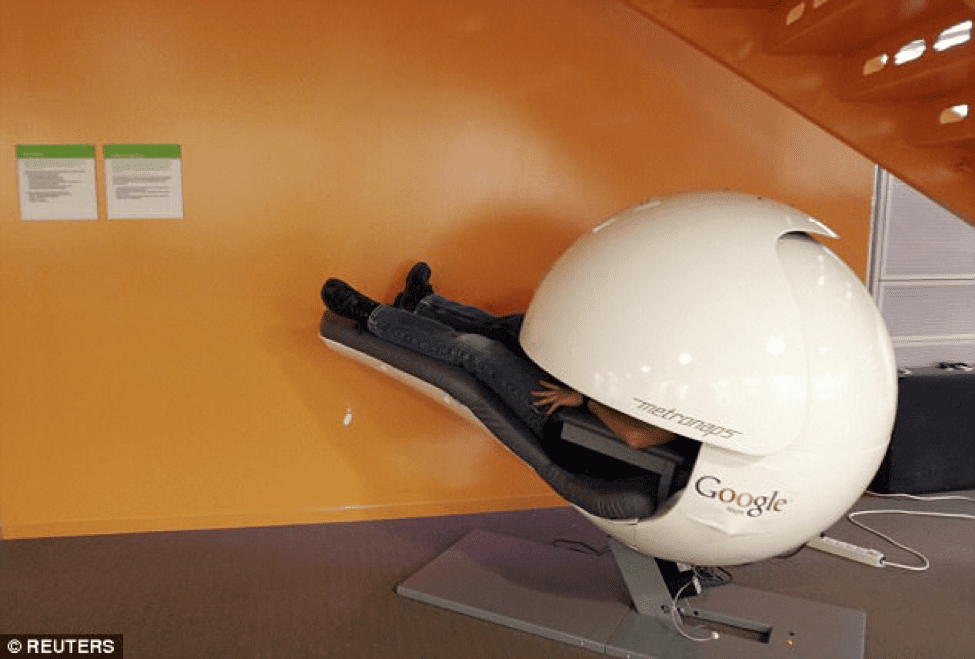Shared knowledge is the new currency of scale
The workplace has changed in spectacular ways since the turn-of-the-century. The biggest development is the increased importance of knowledge. Knowledge has become the most valuable commodity in almost every industry from food services to SAAS development. Workplaces that create a culture conducive to knowledge sharing are going to thrive in the coming years.
How do you create a workplace that revolves around knowledge sharing? Here are some tips to achieve this goal.
Download FREE Resource – Digital marketing plan template
Our popular marketing planning template built on the Smart Insights RACE planning system.
Access the Digital marketing plan template

Reward successful teams more than individuals
Most traditional workplace models focus on rewarding individual employees for their contributions. While this approach can motivate employees to work harder and be more innovative, it can also discourage collaboration. In the most Machiavellian workplace culture, it can lead to employees outright sabotaging each other.
A better approach is to reward successful teams for their results. Different teams will not be in competition with each other and members within a given team will have an incentive to ensure their partners are equipped to succeed.
When it comes to knowledge workers, this approach is becoming the new norm. Now team members and even teams across different disciplines within organizations are being encouraged to share knowledge which only improves everyone’s ability and understanding of the overall company objectives. To accomplish this teams are needing to adopt new technology to share and access their colleagues’ knowledge in real time.
According to Andrew Filev, the CEO of Wrike,
"The way work gets done is changing, and the traditional linear model of information flow in an organization is no longer relevant. Business is more agile, review cycles are more complex and product cycles are shorter. How teams manage projects and collaborate needs to change to keep up.”
This will lead to a workplace culture that will revolve around collaboration and successful knowledge sharing.
Create a layout that is conducive to open communication
Workers often want to communicate with each other, but have difficulty doing so with the current layout of their workplace. The traditional office cubicle is probably the worst setup to encourage knowledge sharing among employees. It was developed for an era when managers believed that open layouts lead to too much social loafing and created too many distractions for the average employee.
Some of the concerns that were addressed with office cubicles of the 1970s are still valid. Employees often have difficulty focusing with too much noise and unnecessary distractions. The trick is to find a system that encourages knowledge sharing and still enables employees to focus on their work.
There are different ways that you can create a setup that promotes knowledge sharing. One option is to simply provide Intranet access to all employees. This is the contemporary approach that most organizations. However, it has a serious limitation - it is difficult for workers to forge close-knit relationships with their peers when they have minimal face-to-face interaction with them.
A better solution is to create an environment that limits noise while making team building as easy as possible. Google has developed an ingenious solution. They created nap pods for employees to use, which can also serve as alternatives to workplace cubicles. Many Google employees have said that these types of furniture make it easier to work. Unlike traditional office furniture, they may easily be moved around. This makes it easier for people to create small work teams without being limited by the infrastructure in the office.

Using mobile furniture like Googles pods is a good start. You must also make sure the room is designed to soften the acoustics, so workers won’t be overwhelmed by noise if lots of groups are working in the room together. Here are some ways to design the room so that sound decibels do not become a problem:
- Avoid using rooms with domed ceilings. They reverberate sound waves that have an upward trajectory, which echo back downwards. This can make noise levels unbearable when enough people are working in the room.
- Choose wall and ceiling materials that do not reflect too much noise. Acoustic panels, walls lined with plastic and reflexive wood are good sound dampening materials. Walls made from concrete and masonry reflect too much noise and can make it difficult for multiple groups to work together.
- Try to use rooms with sharp corners. Rounded rooms tend to create too much of an echo.
- Install windows in the room and try to keep them open during warm weather. This will allow sound waves to carry out of the room, rather than being amplified throughout it.
Designing your room with these factors in mind will help encourage knowledge sharing.
Use the right social networking software
When MySpace and Facebook first became popular, many employers were against allowing employees to use social networking sites during work hours. They have changed their tune since then. Social networking technology can be very useful in the workplace. A 2012 study from McKinsey Global Initiative found that using the right social networking tools can increase the productivity of highly skilled knowledge working professionals by 20 to 25%. The right social networking platforms is a place to share ideas and best practices. It’s another knowledge base that can be accessed at any time from anywhere in the world.
The days of teams being chosen and pitted against one another for supremacy in the office are quickly becoming obsolete. Today’s economy is volatile with constant disruption which means knowledge worker need to move faster than ever before. Employers need to create an environment that fosters knowledge sharing to keep up with the pace of change.
Megan Totka is the Chief Editor for
ChamberofCommerce.com. Chamber specializes in helping small businesses grow their business on the web while facilitating the connectivity between local businesses and more than 7,000 Chambers of Commerce worldwide. As a small business expert, Megan specializes in reporting the latest business news, helpful tips and reliable resources, as well as providing small business advice. She has significant experience with the topic of small business marketing, and has spent several years exploring topics like copywriting, content marketing and social media.







